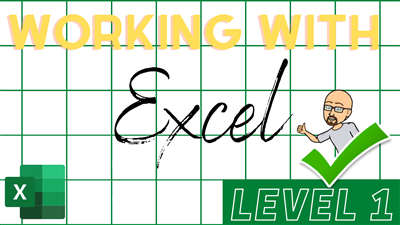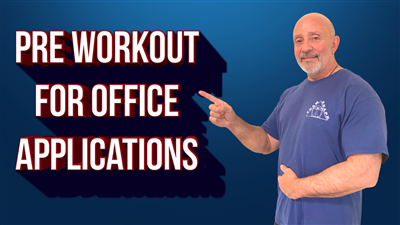Welcome to our comprehensive React JS course
Designed for students who are eager to master one of the most popular JavaScript libraries used for building dynamic and high-performance user interfaces. This course will take you from the fundamentals of React JS to advanced techniques, equipping you with the skills necessary to develop modern web applications. Whether you're a beginner looking to enter the world of front-end development or an experienced developer seeking to deepen your knowledge, this course offers valuable insights and practical experience.
What You'll Learn
1. Introduction to React JS
We begin with an introduction to React JS, exploring its core concepts and understanding why it’s a preferred choice for web development. You'll learn about React’s component-based architecture, which simplifies the process of building complex user interfaces by breaking them down into smaller, reusable components. We will cover the fundamental principles of React, including JSX (JavaScript XML), which allows you to write HTML-like code within JavaScript.
2. Setting Up Your Development Environment
Before diving into coding, we’ll guide you through setting up your development environment. This includes installing Node.js, npm (Node Package Manager), and setting up a React development server. You'll learn how to use Create React App to quickly set up a new React project, streamlining the development process.
3. Understanding Components and Props
In this section, you’ll explore React components in detail. You’ll learn how to create functional and class components, understand their lifecycle methods, and utilize props (properties) to pass data between components. By the end of this section, you'll be able to build and manage complex UIs by composing various components.
4. Managing State
State management is crucial in React applications. We will dive into the concept of state, learning how to create and manage state within components. You’ll explore the useState hook for functional components and understand state updates and their impact on the UI. Additionally, you'll learn about state management libraries like Redux for more complex applications.
5. Handling Events
React’s event handling system is straightforward yet powerful. You’ll learn how to handle user interactions such as clicks, form submissions, and keyboard inputs. We will cover how to bind event handlers to component methods and manage events in both functional and class components.
6. Working with APIs
In many modern applications, interacting with external APIs is essential. This section will teach you how to make HTTP requests using tools like Axios and Fetch API. You’ll learn how to handle asynchronous operations and integrate API responses into your React components to display dynamic data.
7. Routing with React Router
For single-page applications (SPAs), routing is crucial for navigating between different views without reloading the page. You’ll learn how to implement routing using React Router, allowing users to navigate between various components and manage routes effectively.
8. Styling React Components
Styling is an integral part of web development. We’ll explore different methods of styling React components, including CSS Modules, inline styles, and styled-components. You’ll learn how to apply and manage styles to create visually appealing and responsive interfaces.
9. Testing React Applications
Testing ensures that your React applications are reliable and free of bugs. We’ll cover various testing strategies, including unit tests, integration tests, and end-to-end tests using tools like Jest and React Testing Library. You’ll learn how to write and execute tests to verify the functionality of your components.
10. Best Practices and Performance Optimization
To build high-quality applications, understanding best practices and optimizing performance is essential. We’ll discuss strategies for writing clean, maintainable code, and techniques for improving React application performance. You’ll learn about code splitting, lazy loading, and memoization to enhance the efficiency of your applications.
Who Should Enroll
This course is ideal for aspiring front-end developers, web designers, and software engineers who want to gain a deep understanding of React JS. No prior experience with React is required, but a basic understanding of JavaScript and web development principles will be beneficial.
Course Format and Resources
The course includes a mix of video lectures, hands-on coding exercises, and real-world projects. You’ll have access to a supportive community forum, where you can discuss concepts, share insights, and get help from instructors and peers. By the end of the course, you’ll have built several projects that showcase your React JS skills, preparing you for real-world development challenges.
Conclusion
Join our React JS course today and take the next step in your web development career. Gain practical experience, learn industry-best practices, and become proficient in building scalable, high-performance applications using React JS. We look forward to supporting you on your learning journey!

















